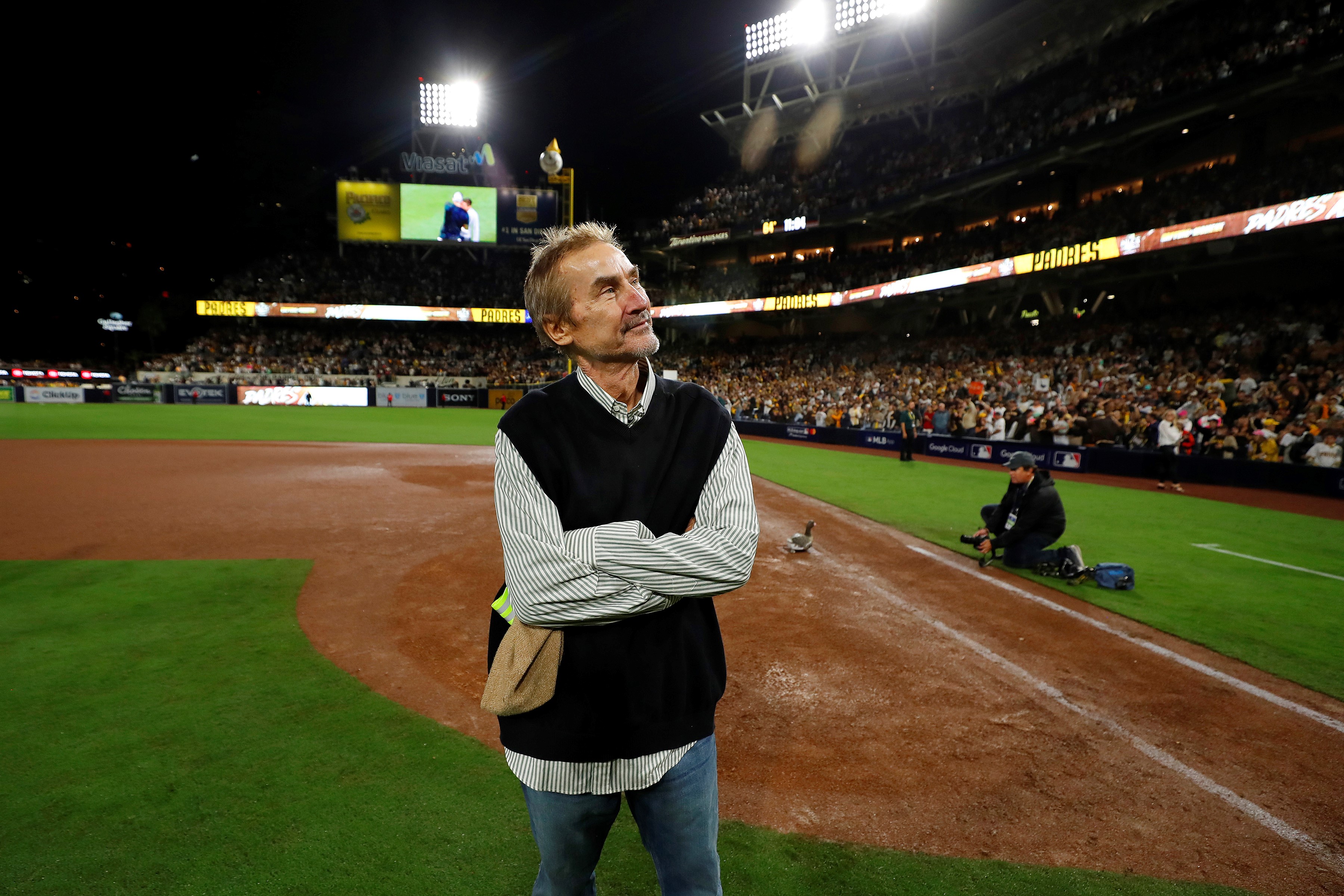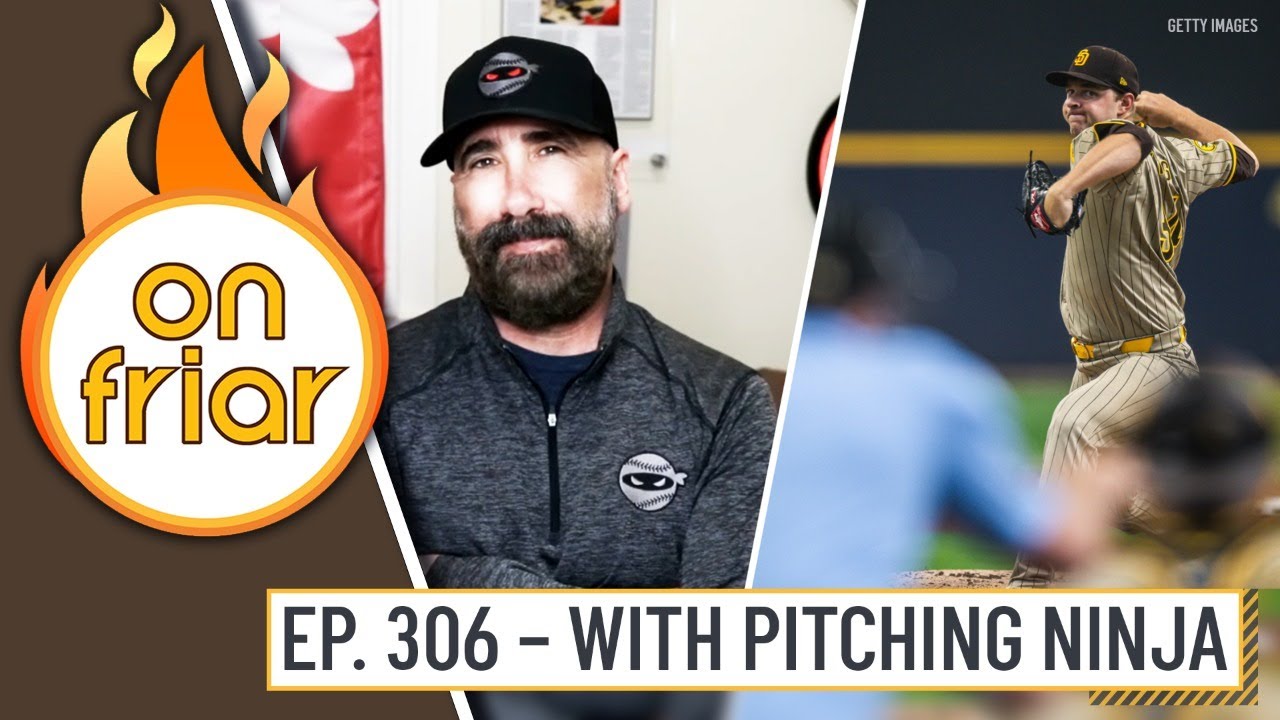Brian Deegan was home in Southern California when he got a call. Jeremy Lusk, a member of Deegan's Metal Mulisha team, crashed at an event in Costa Rica, he was told.
No big deal, Deegan figured. Freestyle motocross is filled with hard crashes. Most of the top riders had been through their share; Deegan broke both wrists and his thigh bone in one, shattered a kidney in another.
This one was different. While attempting a backflip, Lusk didn't fully rotate his bike and landed face first in the dirt. He was on life support, not expected to live. Deegan raced to Costa Rica to be with his close friend.
Two days later, Lusk died from severe head injuries.
"It was the most devastating thing I've ever seen, ever had to deal with," said Deegan, who helped set up a trust in Lusk's name. "Mentally, I have to try to get over it -- it will be in my head forever."
Lusk is believed to be the first freestyle motocross rider to die from injuries suffered during competition. His death at 24 on Feb. 10 was a shock, even in the world of action sports, where danger is inherent and injuries come with the territory.
What it won't do, though, is stop freestyle riders from pushing the limits.
SportsWrap
The top sports headlines of the day
Flipping and twisting 250-pound motorcycles over 100-foot jumps, they know the threat of catastrophe is always on the table. But part of what makes these riders so good at what they do is the ability to focus, to compartmentalize fear so it doesn't interfere with their goals.
To them, Lusk's death, while devastating to this close-knit community, is no different from that of minor league baseball coach Mike Coolbaugh being struck in the neck by a line drive or Dale Earnhardt crashing into the wall on the final lap of the Daytona 500.
"As far as the hardcore riders who do this for a profession, I'm sure they're all saddened by the situation and are going through their grieving, but it's not going to slow them down," said Mike Metzger, who's known as "The Godfather" of freestyle motocross.
"This is their job, it's what they've chosen to do. We all know the consequences and the risks that are at hand and we put our lives on the line."
The risk might be more calculated than you think.
The image of freestyle motocross is a bunch of tattoo-streaked dudes showing up at a ramp after a night of partying, throwing back an energy drink, then playing games of can-you-top-this on motorcycles.
In the early days, it wasn't far from the truth, riders out there "just winging it," as Deegan put it. But as freestyle motocross grew and became more lucrative, the riders became more dedicated, hitting the gym, practicing every day, avoiding late nights before competition.
Lusk was one of the hardest workers, working out three or four days a week, watching what he ate, honing tricks to perfection in Deegan's backyard foam pit.
Aptly nicknamed "Pitbull" by fellow riders, he became one of the world's top freestylers, winning a gold and silver at last year's X Games, a pair of golds at X Games Mexico, finishing third at the Moto X World Championships and the Dew Tour season standings.
"I think a lot of nonaction sports fans see these events every couple of months and think these guys just get on bikes and start flipping, but the constant practice, the constant riding never really gets seen," X Games senior vice president Rick Alessandri said.
"They all know what they're capable of before they set foot on our stage or any other stage; that trick or that move that they're going to do has been practiced dozens of times."
Some athletes enjoy the solitude of running, the subtleties of the golf swing, the nuances of a baseball game. Freestyle motocross riders live life by cheating death, seeing how close they can get to the edge. As for the critics who say the sport is too dangerous, Metzger says they shouldn't condemn what they don't understand.
"Even though we have a chance of dying, becoming paraplegic, losing one of our limbs, we love it," he said. "That's what it comes down to."
The key is minimizing risk. The riders do everything they can to be prepared, fastidiously working through their tricks until there isn't a doubt when they hit the ramp.
The problem, at least in some cases, are the courses. Big events like the X Games and Dew Tour are meticulous about setting courses, checking launch angle and weather conditions, keeping track of riders' new tricks and making sure safety is the top priority.
Smaller events, particularly ones outside the U.S., sometimes don't have the same standards, putting riders at risk.
At the Costa Rica competition, some riders complained the ramp didn't give them enough pop to fully rotate jumps. There also was a question of whether a postponement was warranted because of swirling wind.
Deegan wants to remove some of the uncertainty. He wants to form an organization that would establish safety standards, from requiring neck braces to setting wind guidelines.
"I think freestyle guys are going to take risks because it's just their nature," Deegan said. "No matter what, the sport's going to progress, but it can progress in a safe manner. We have to make it safer so hopefully something like this doesn't happen again."



